In this article I continue the voyage through Arad, after covering the northern and eastern part of this city. We will enter more in the oldest part of the city – the most beautiful – but also the most ruined. Join me!
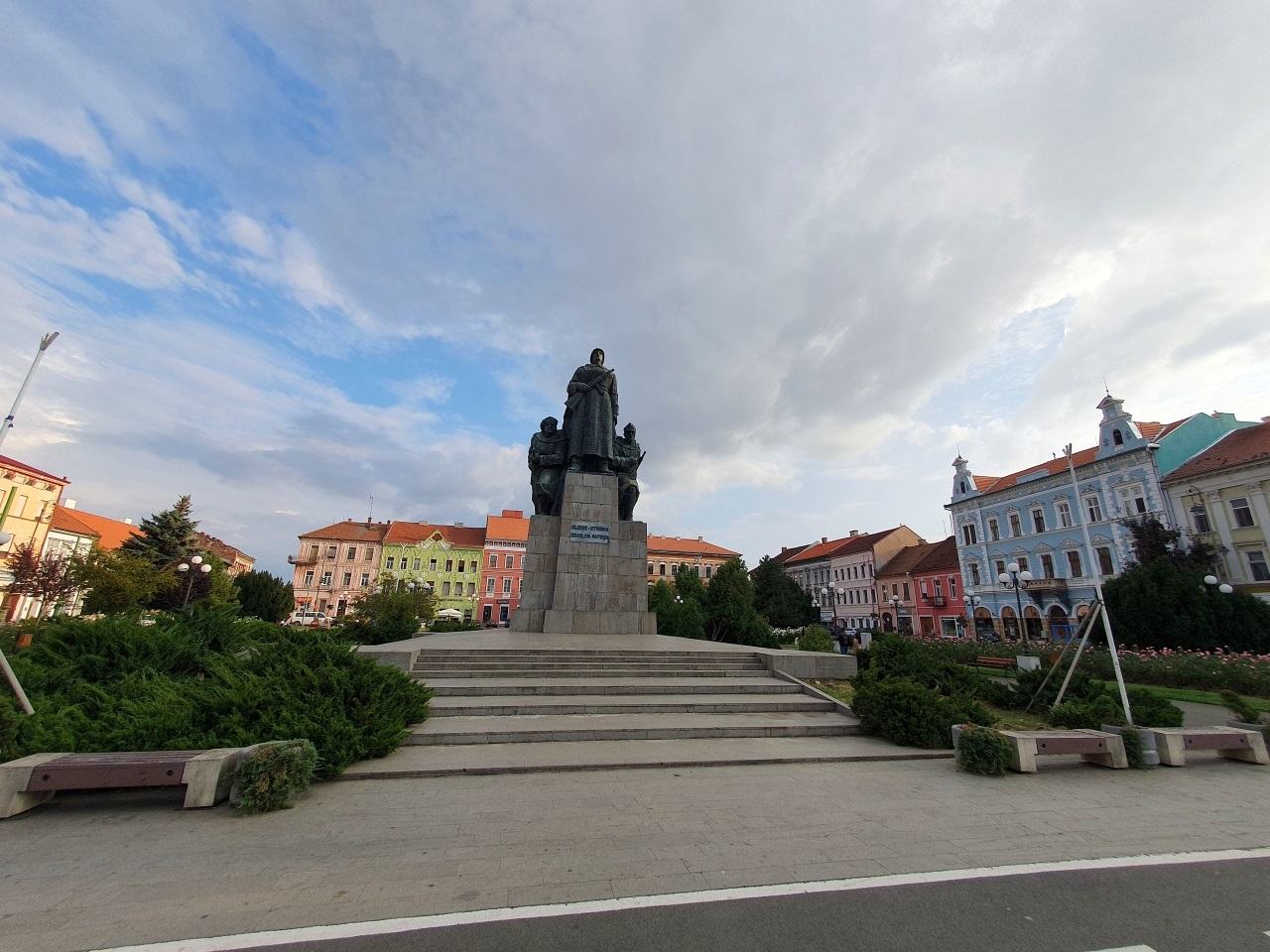
A good place to start is to continue our journey through the Avram Iancu Square. This is the Heroes Monument, just in the center of the place. On it reads “Glorie eterna eroilor patriei” meaning “Eternal glory to the heroes of our homeland”. It refers to the heroes of the First World War. It is typical to Romania to have monuments erected for the “unknown heroes” or the “unknown soldiers”. I believe it’s a good thing to remember that unknown people have died so that we have the decent life we have. It could have been way worse… The blue building to the right is the Domany Palace.

The view to the east. The building in the middle is the Rozsnyai Matyas Palace, belonged to a pharmacist and was built in the middle of the 19th century in the Secession style. And yes, the sky was dramatic that day.

More to the left (north), more ruined buildings waiting better days…
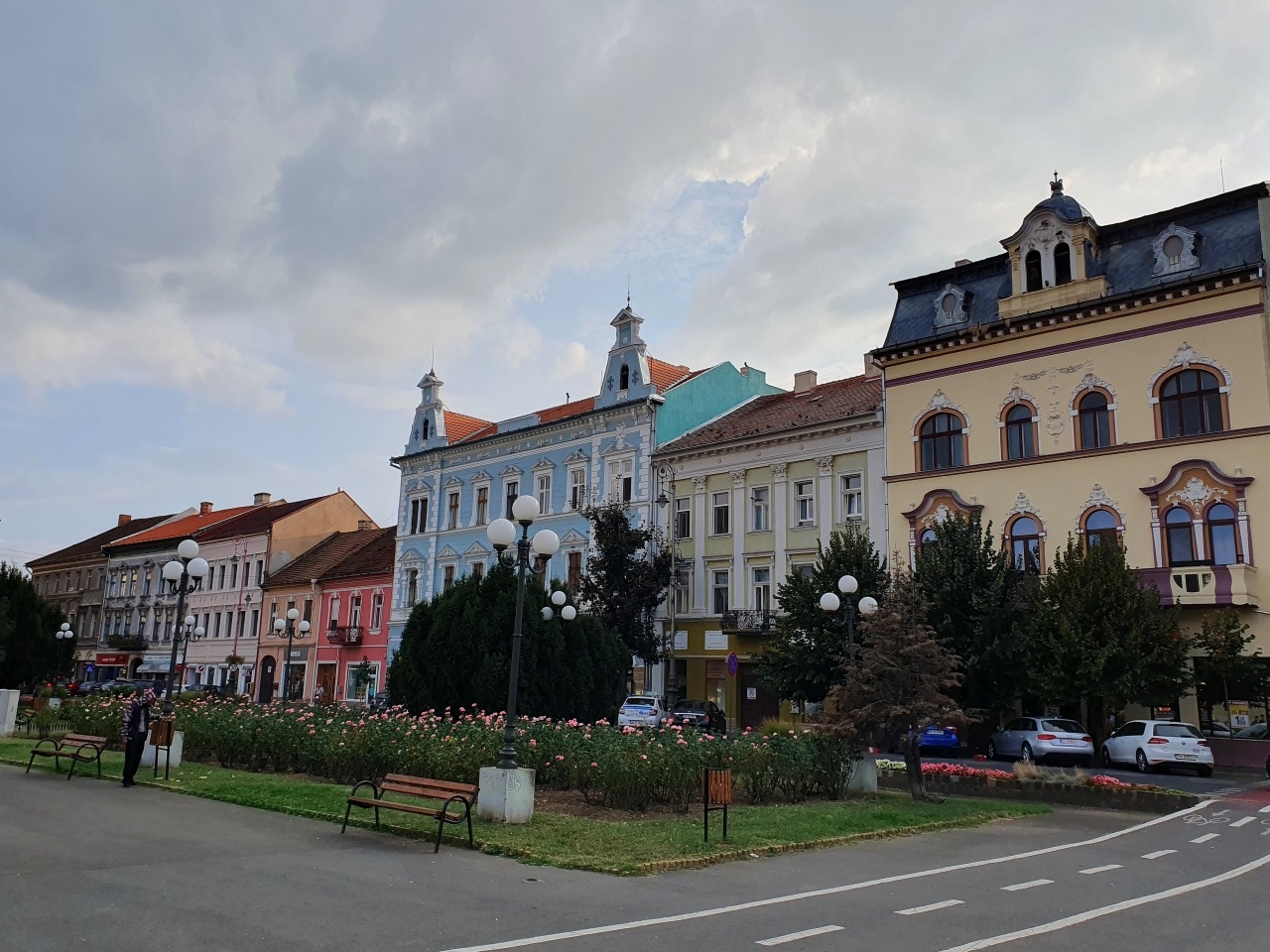
The view to the west with Domany Palace in the center.
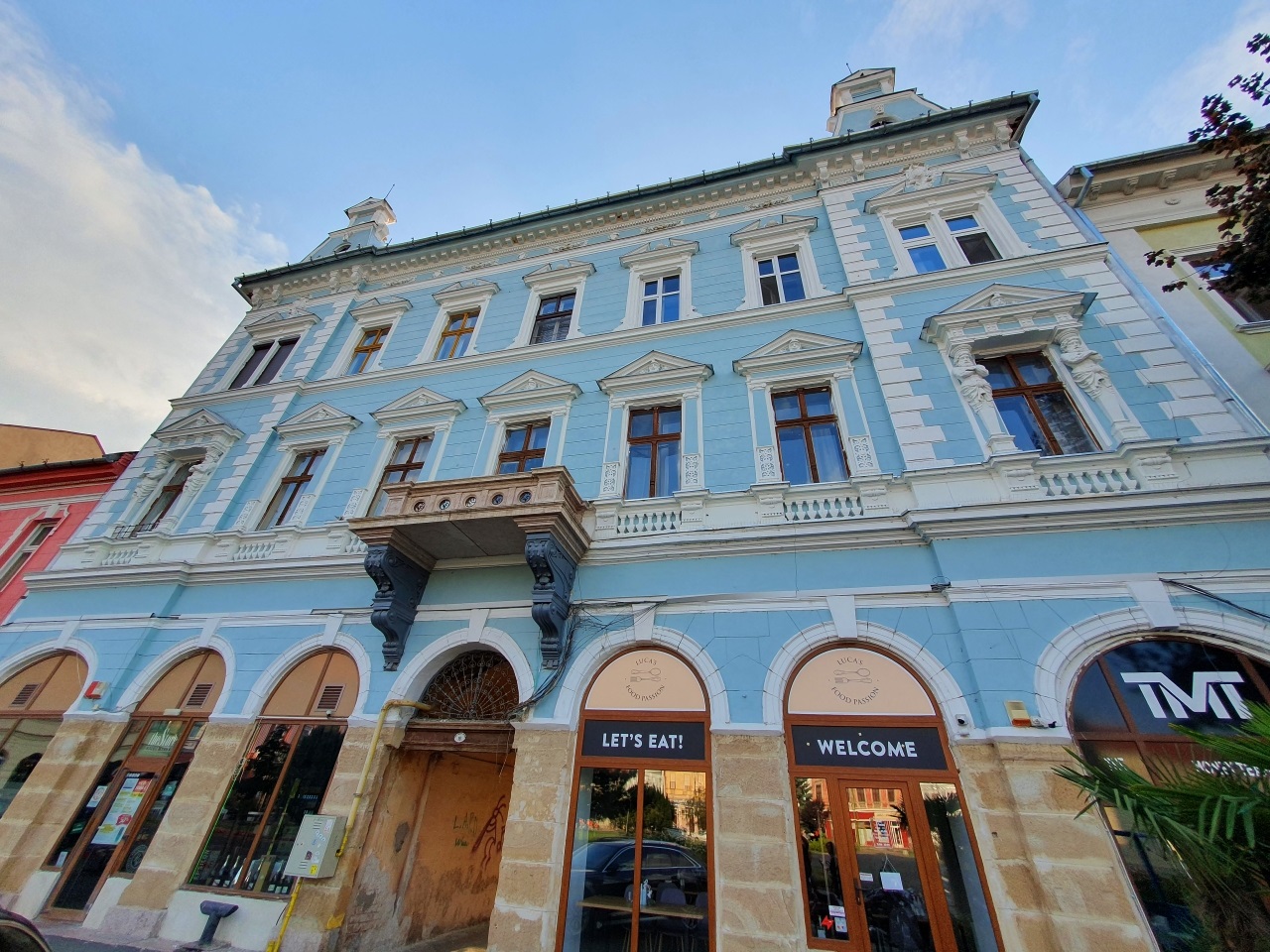
The Domany Palace, built on the place of the former town hall (demolished in 1880).

The rear part of the Ioan Slavici Classical Theatre, which is rather central in Arad.

And here is the façade of the theatre. It was built in 1885.
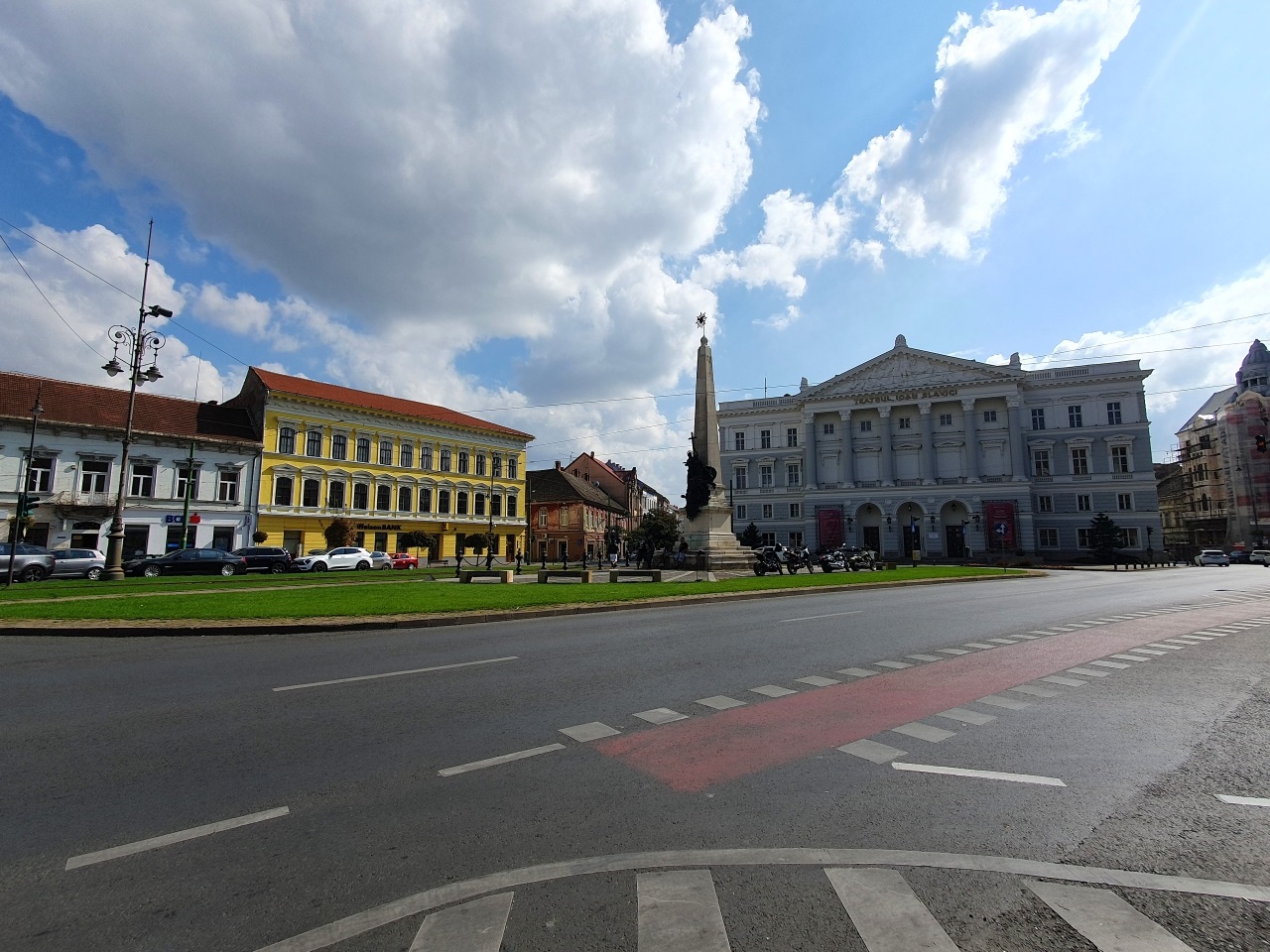
The place in front of the theatre with the Holy Trinity Statue in front of it. The monument was built in 1901, on the place of a previous statue built in 1746 as a sign of gratitude for escaping the plague.
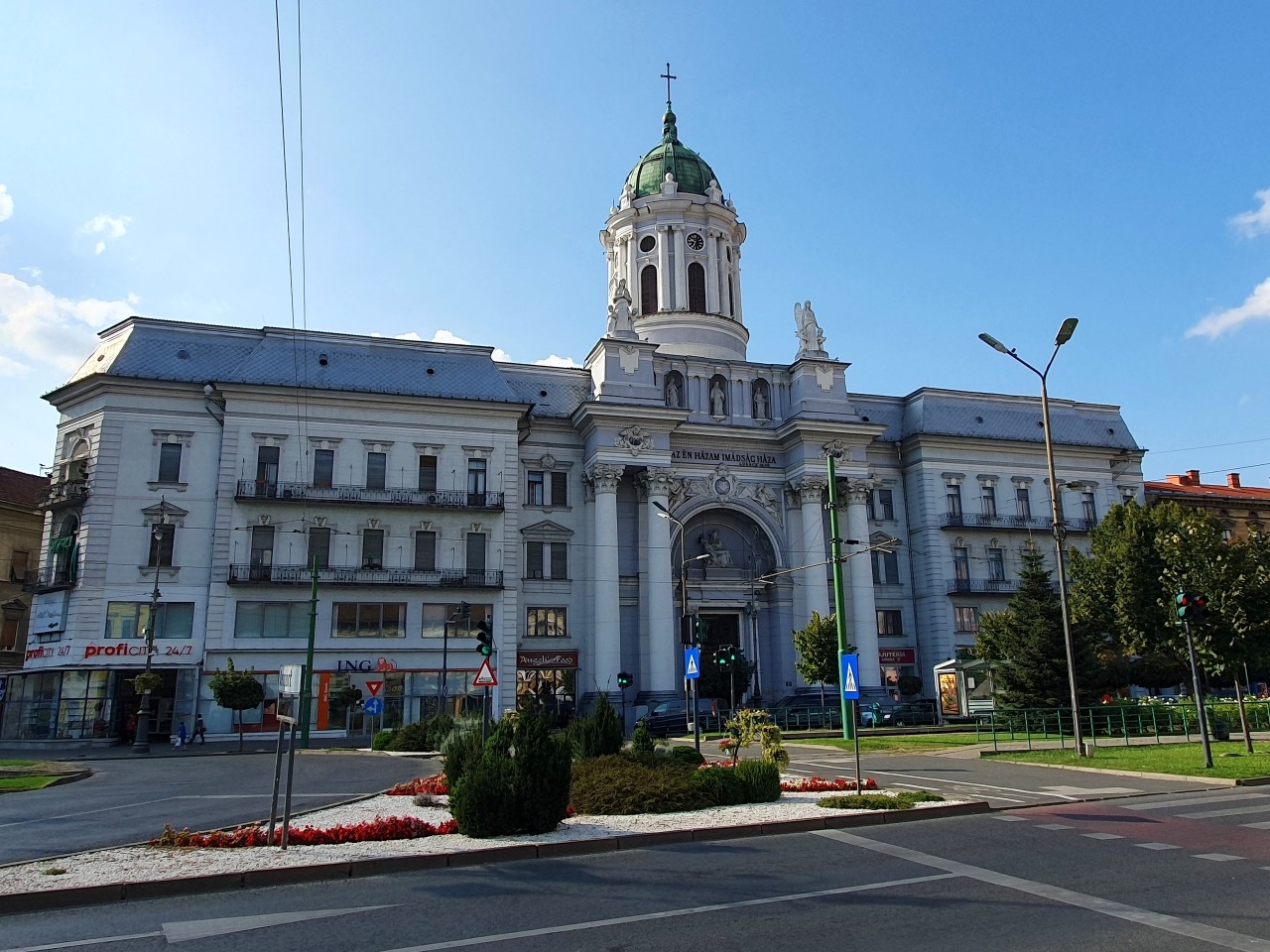
Opposite is the St. Anthony of Padua Roman Catholic Cathedral or the Minorite Church. It was built in 1902, in the eclectic style, on the site of the former baroque church.

The cathedral is impressing. I particularly liked it.
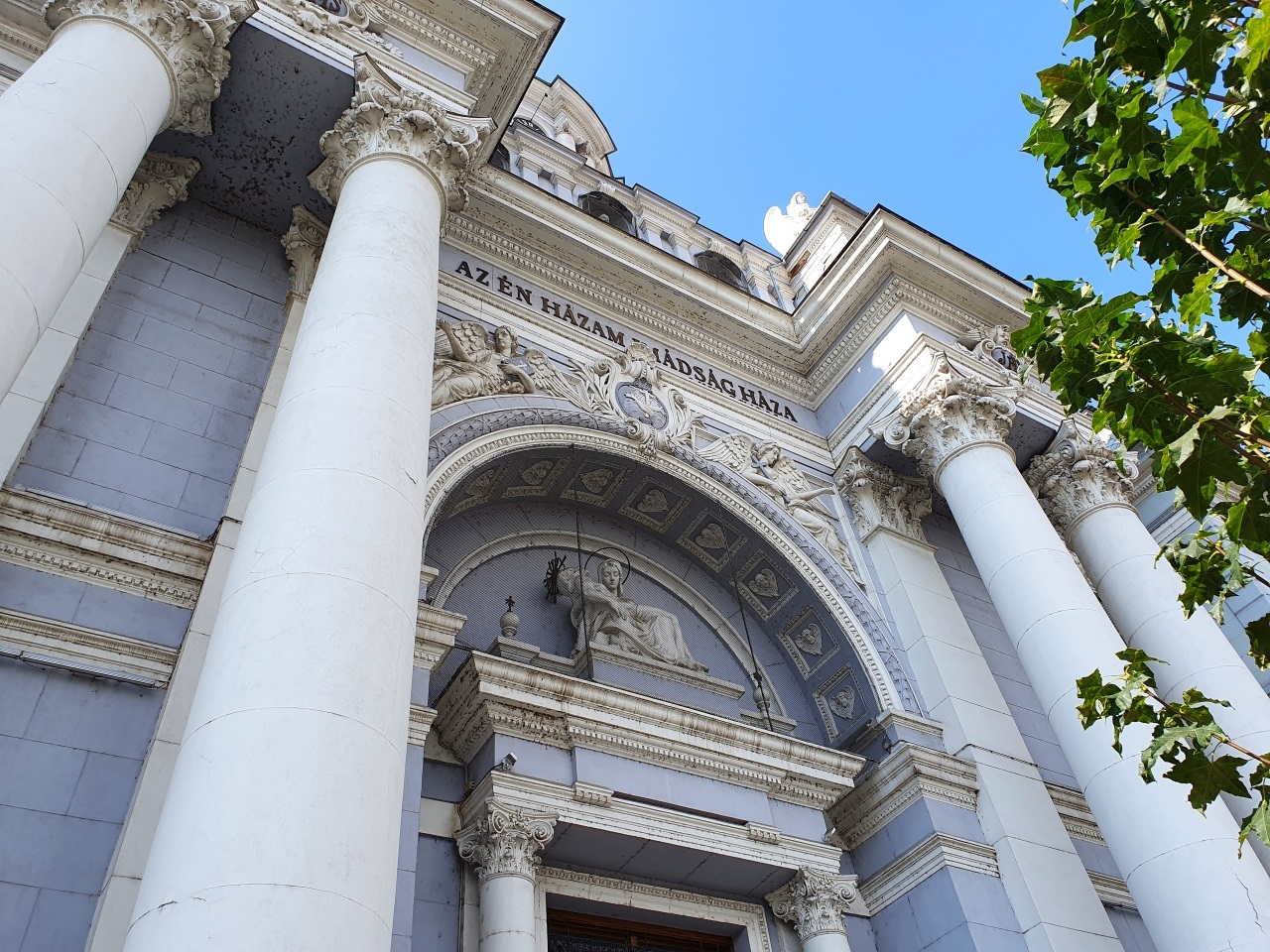
Here is a detail of the entrance.
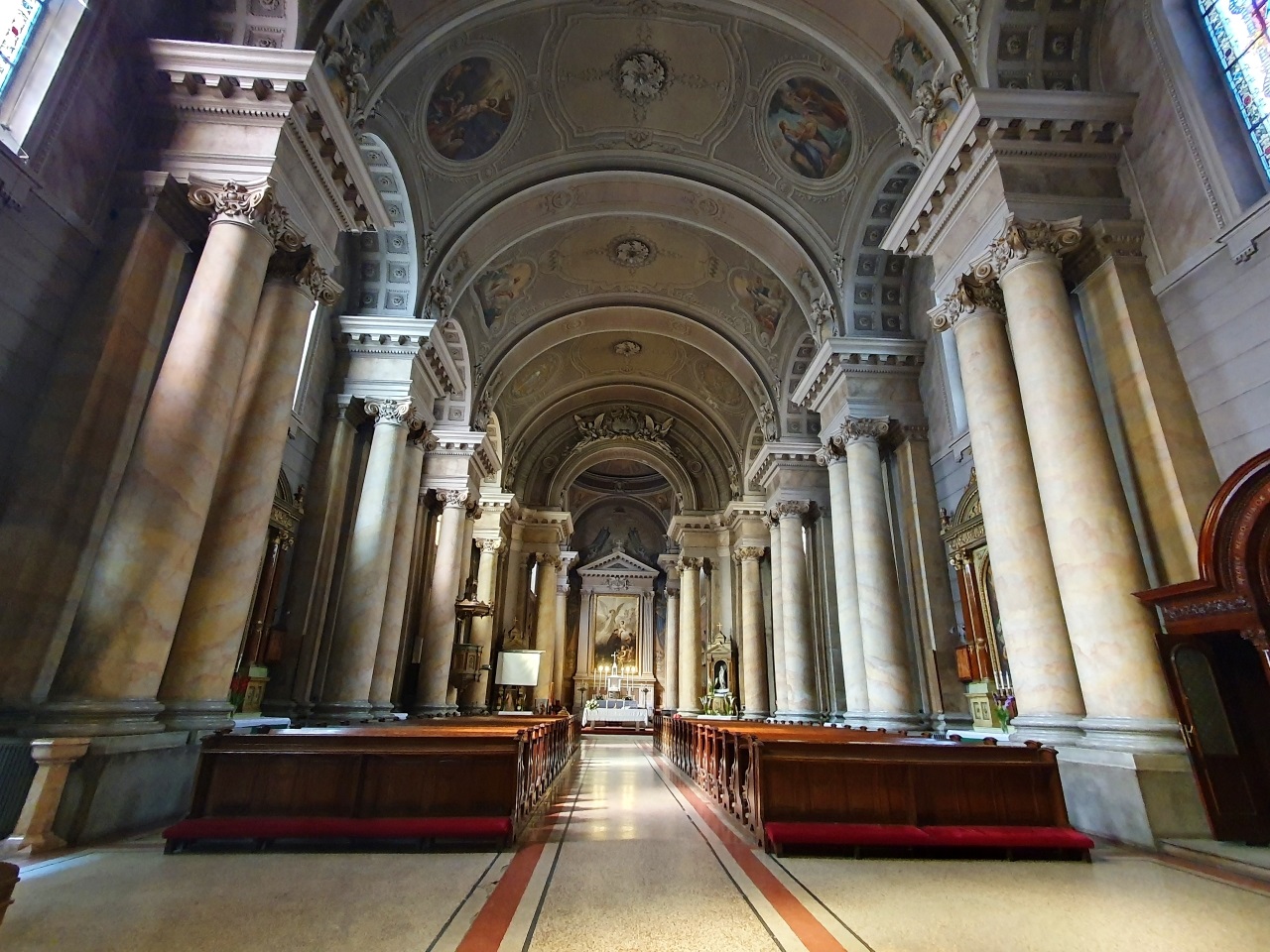
And here is a view from the inside.

Moving a bit to the north, we encounter the Herman Gyula Palace, built in 1884 in the eclectic style.
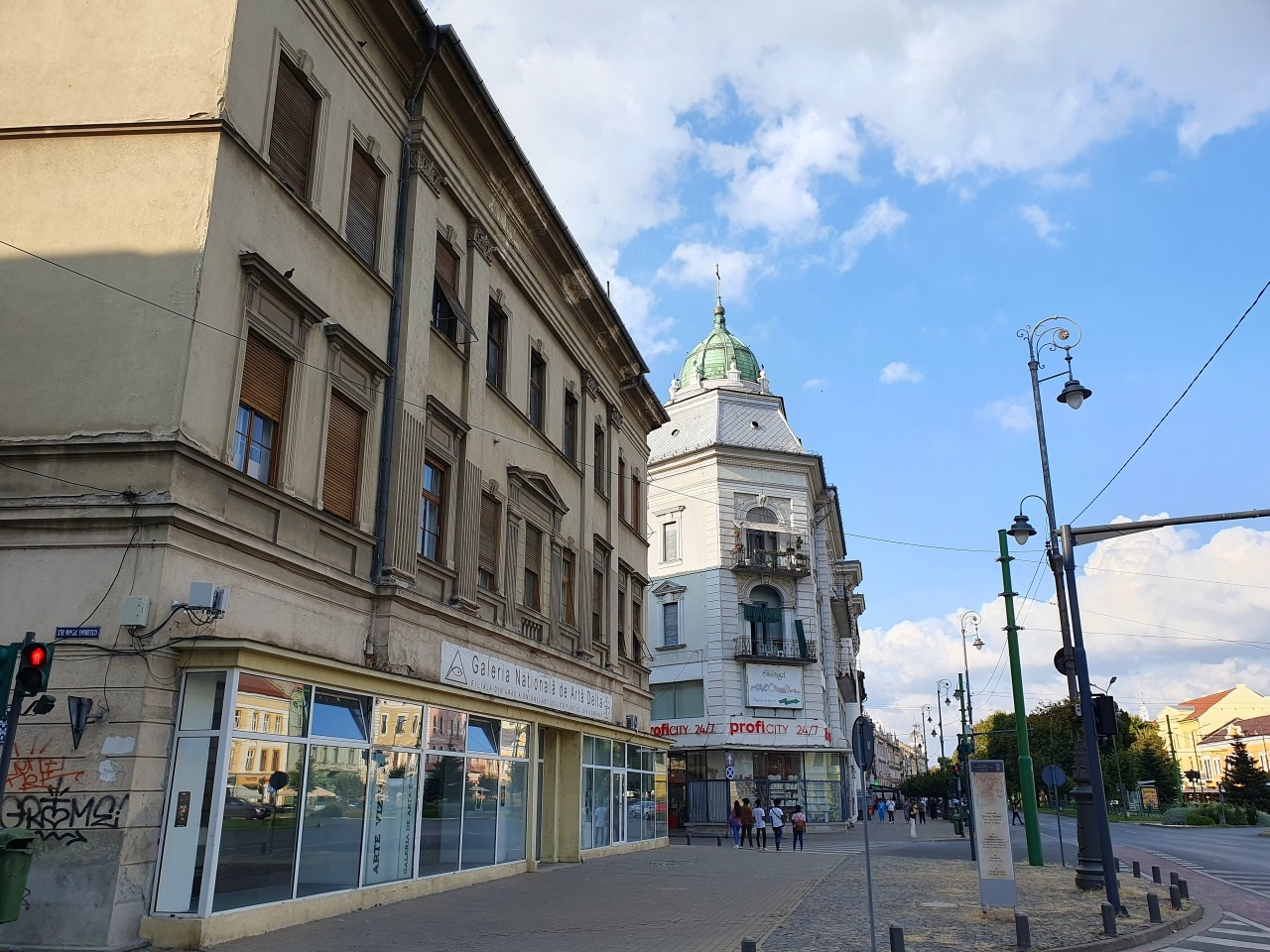
A view from the White Cross Hotel, towards the cathedral. To the left is the Delta Art Gallery.

The Greek-Catholic parish, obviously in ruin, used by a beauty salon or spa…
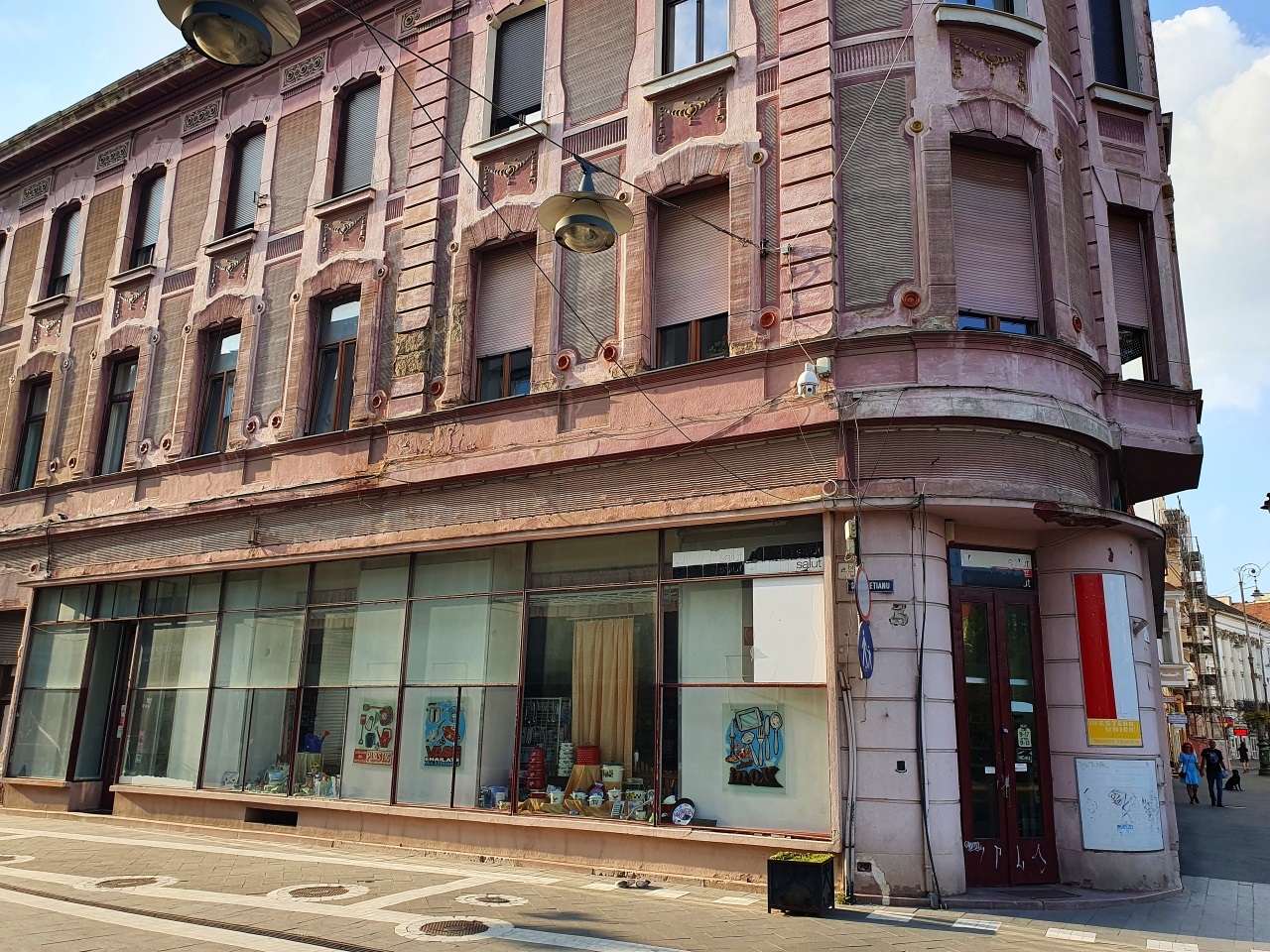
The Nádasdy Palace, built in 1904, in the Art Nouveau style. But let’s zoom a bit and study this palace!

Nice, isn’t it! But it’s not the shoes the problem. It’s what is being sold in the former palace…

Kitchenware, gardening tools…

A watering can…

This is the amount of respect shown by the Romanian people for their history… One can say that this historical place needed some sort of other destination. But seriously… However, we’re not done yet.
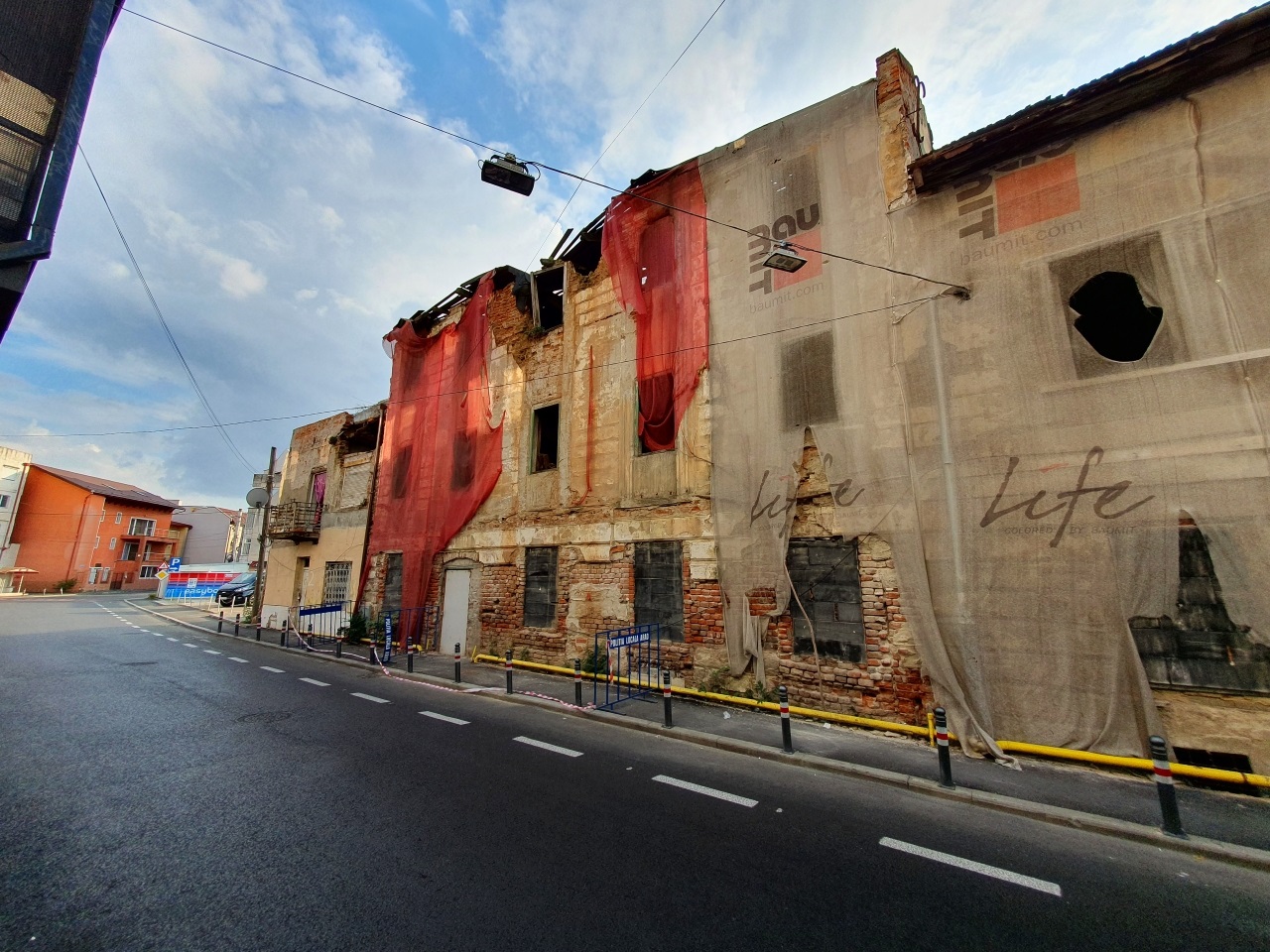
One step from the center, about 100 meters from the theater…

To the left is an open door behind the balcony: the building is actually used for living, probably by gypsies, although it may not be so… Just to mention: Romania has 4 seasons, including winter. Now imagine how it is to have holes in the walls and no roof! Summer is not forever in Arad…
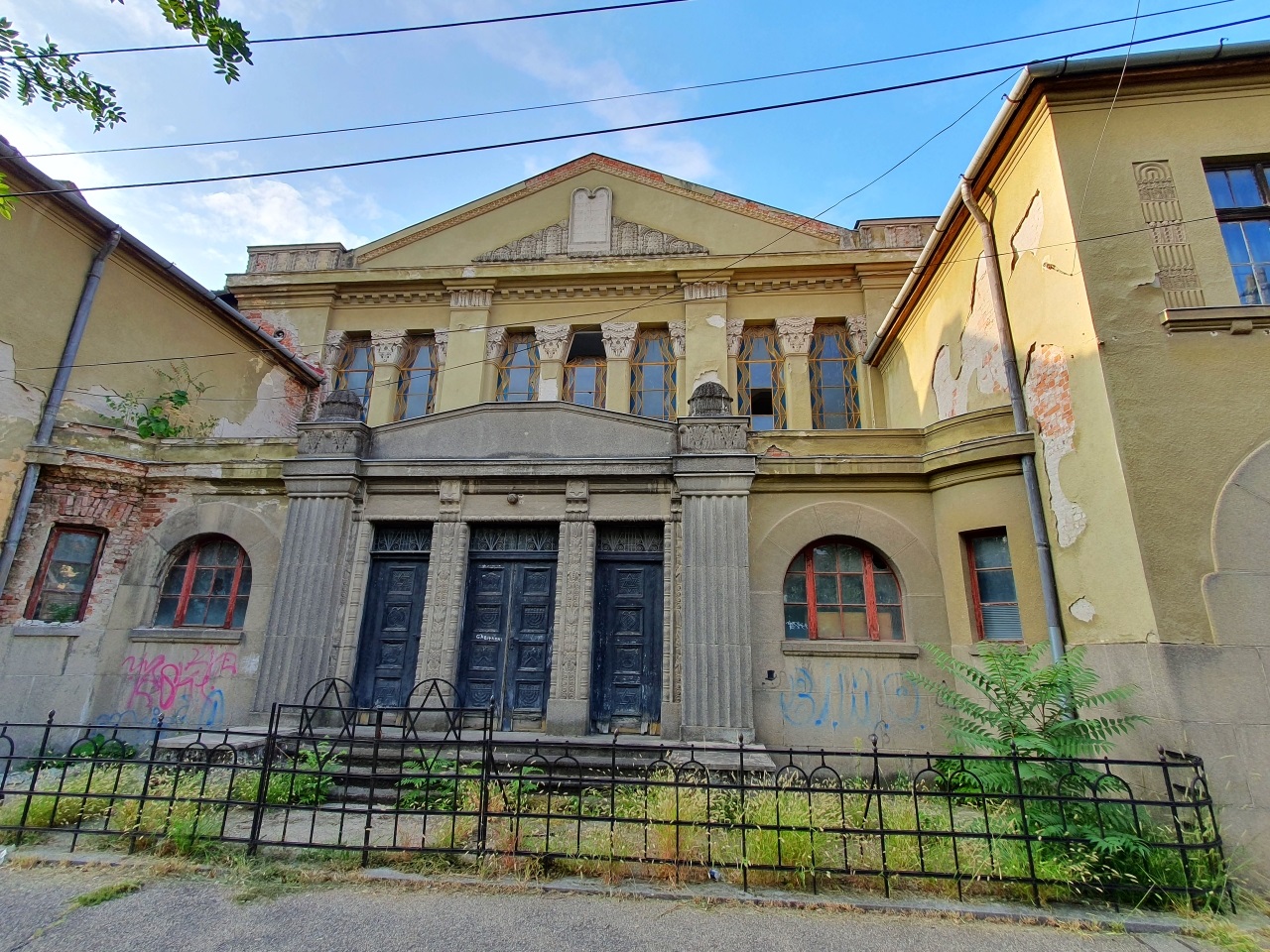
And here we come, around the corner, to the Arad Orthodox Synagogue.

The synagogue was built in 1920, in the Art Nouveau style. It is no longer used as it is in an advanced degree of decay. The administration apparently had other priorities. Just look at the details, including the trees literally growing from the building. A bliss!
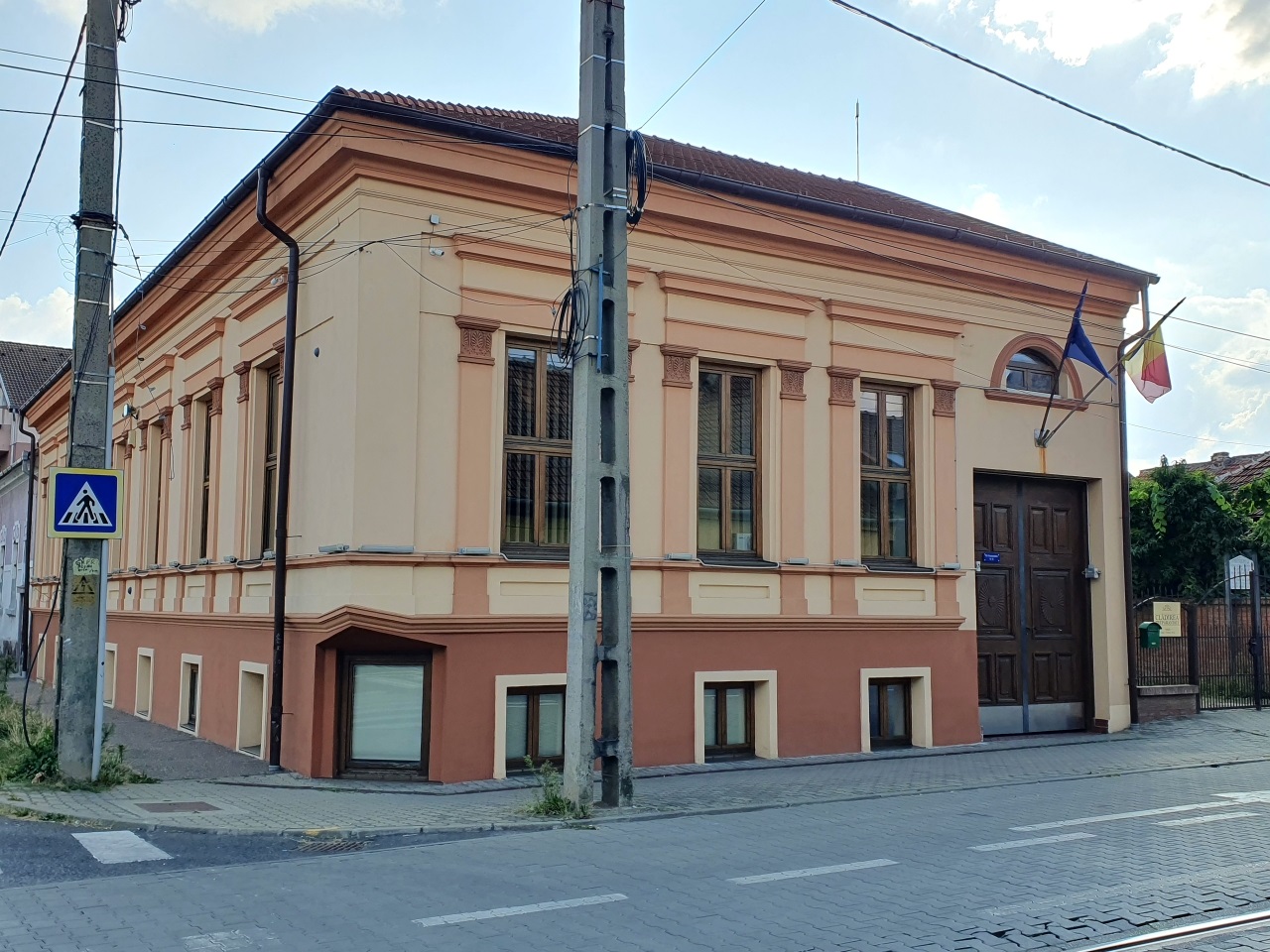
The Preparandia Museum, the first Romanian pedagogy school in Transylvania.

St. Peter and Paul Serbian Orthodox Church, built in 1698, in the Baroque style, for the Serbian border guards who settled in Arad with their families. It is the oldest building still standing in Arad.
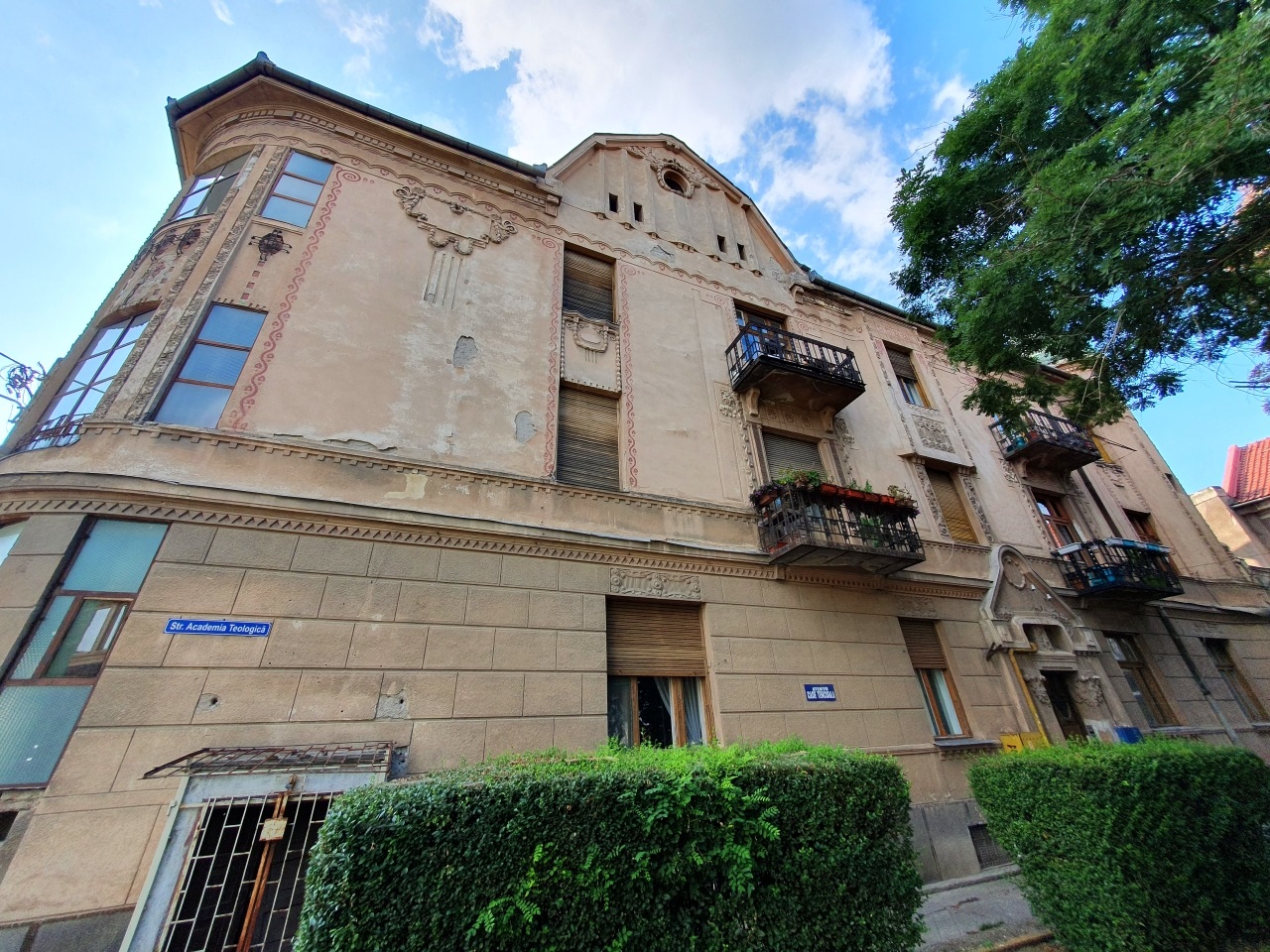
The Serbian Episcopal Palace, a sign that Arad is close to Timisoara and the Serbian area of Romania.
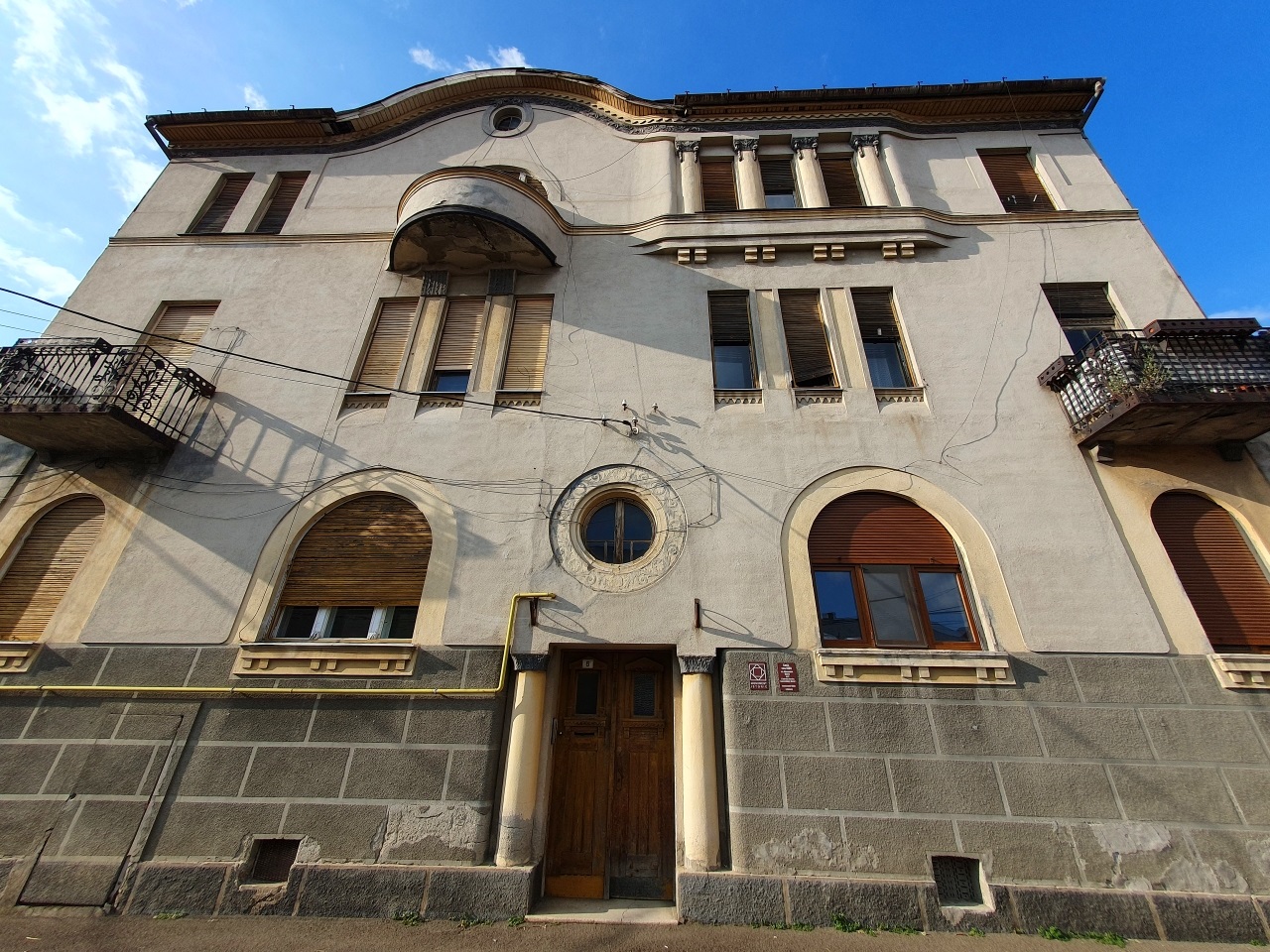
The Gornic Palace. And from here we shall enter, in the next article, in the western part of the city, by far both the most beautiful and the most ruined. Here is our path, a detail of the sidewalk in a state of degradation beyond any imagination…

Arad – South

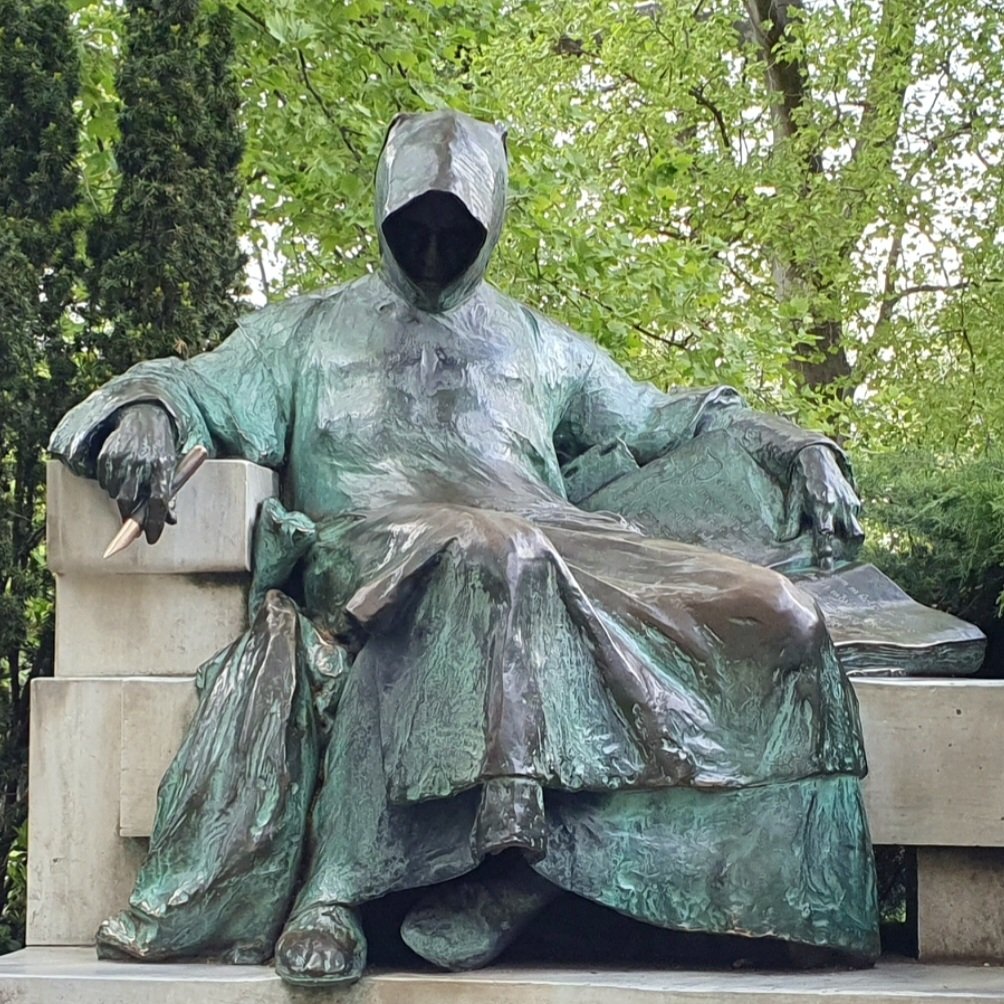

Beautiful !